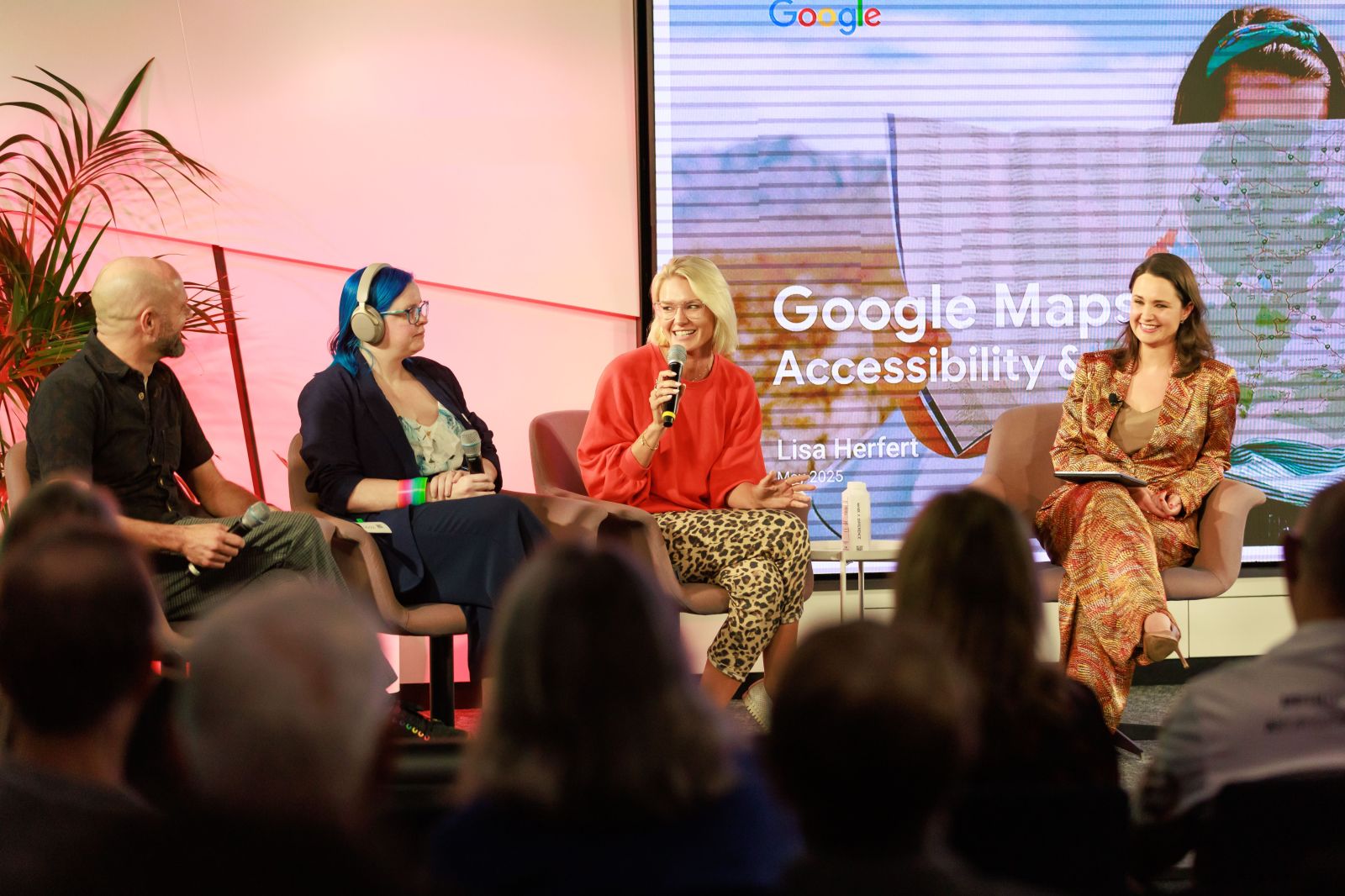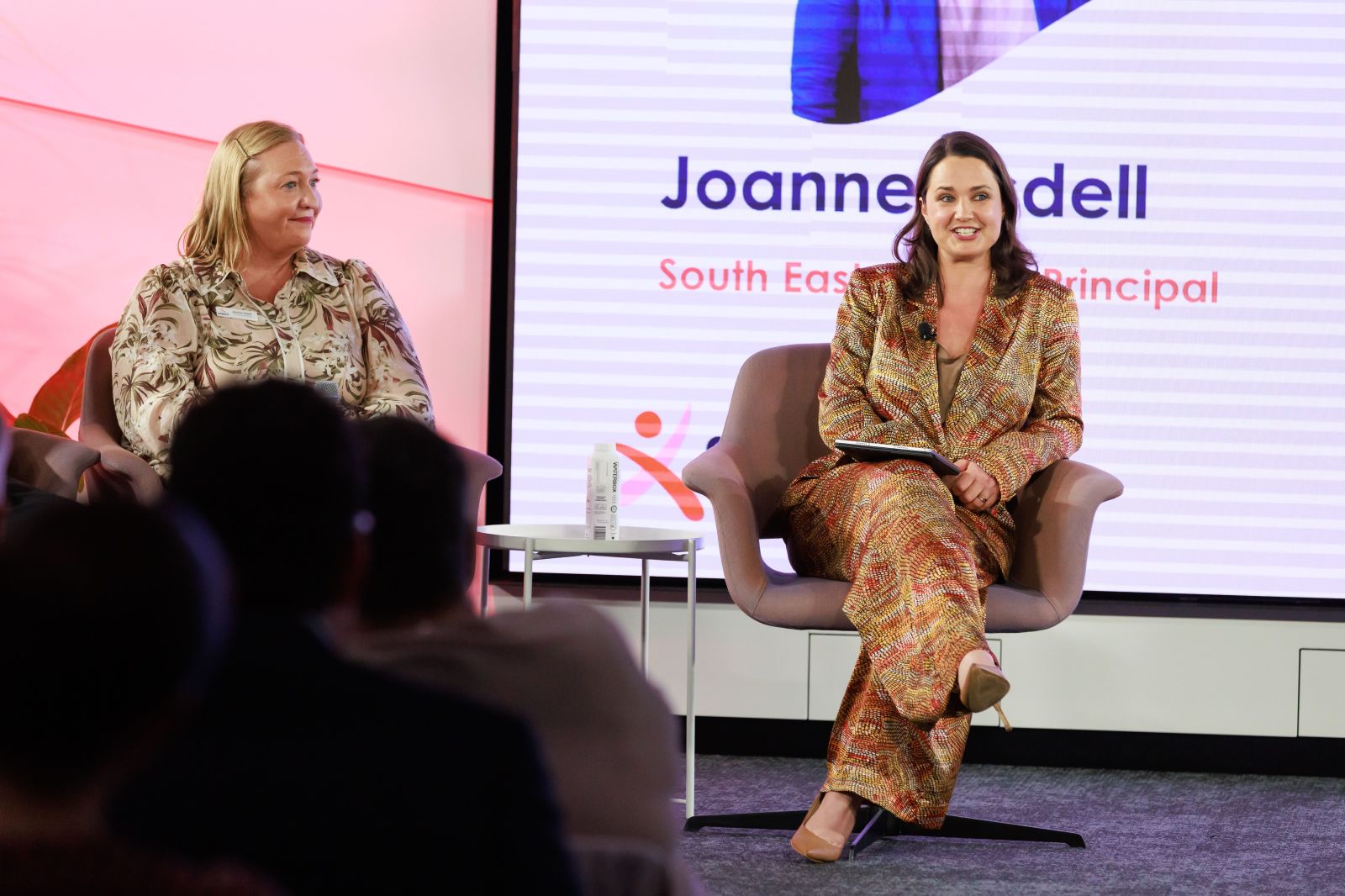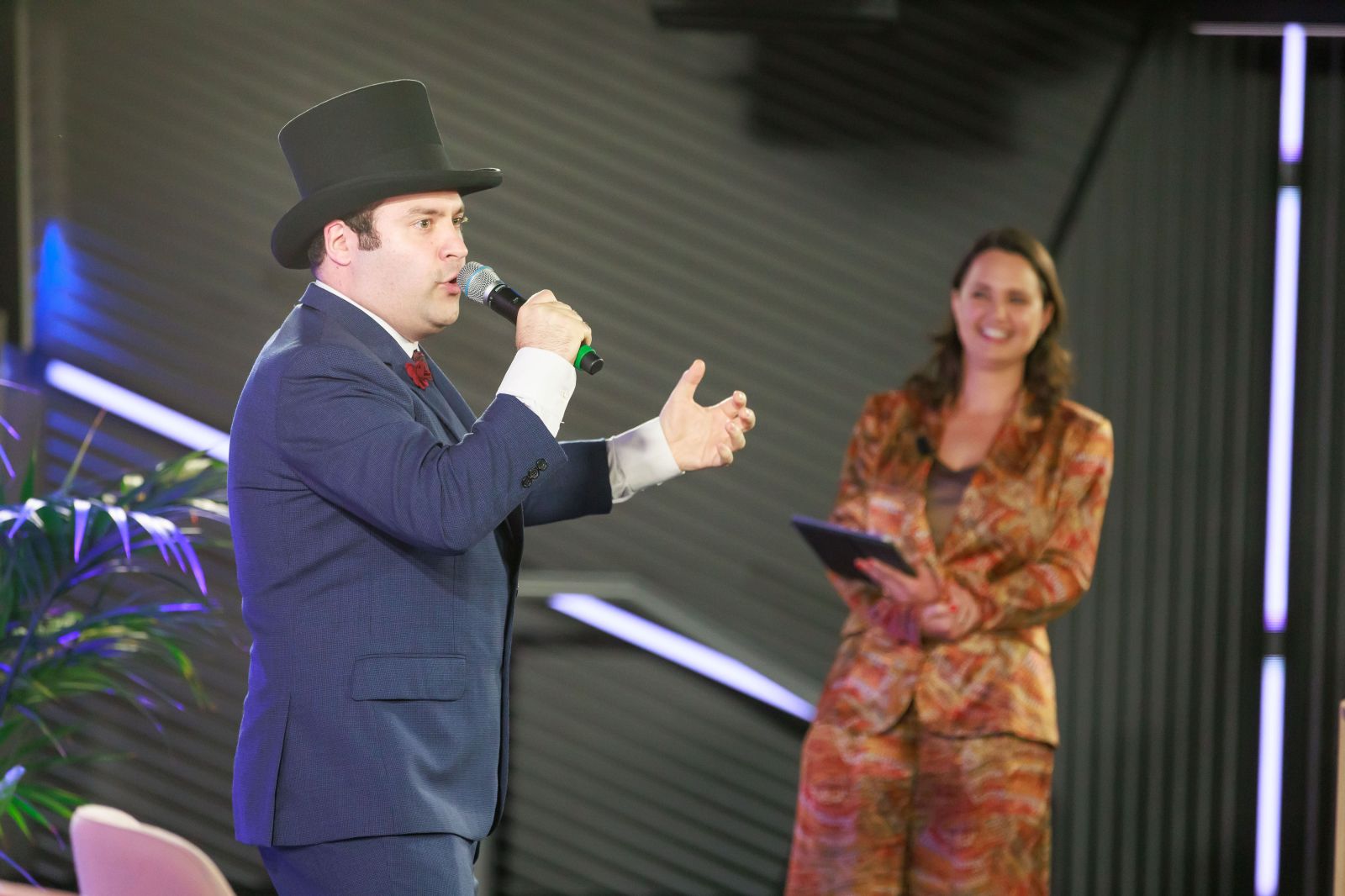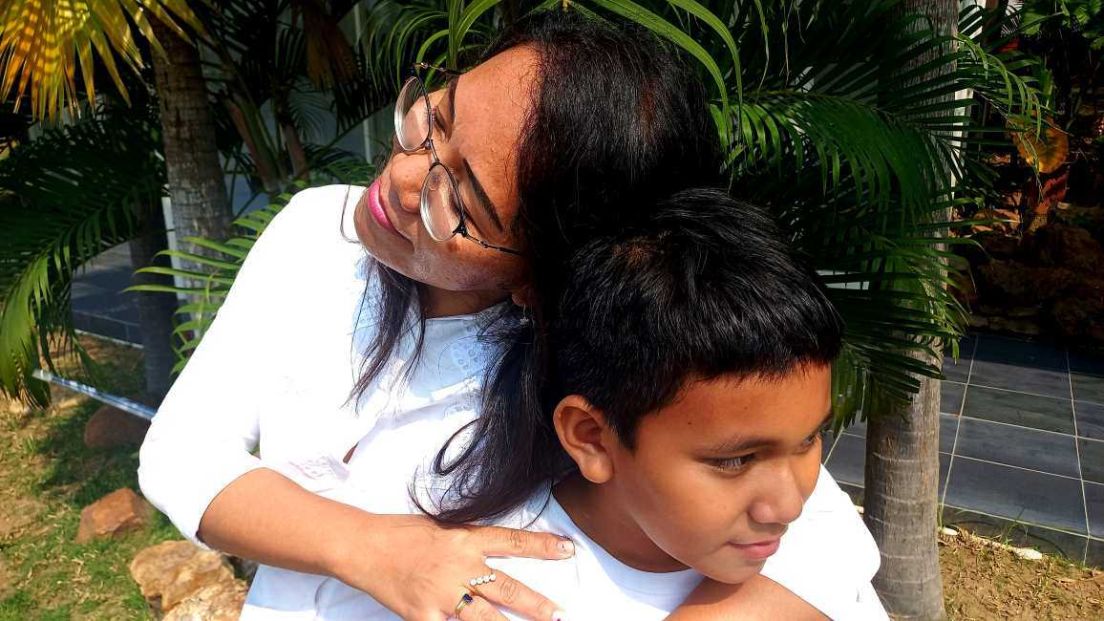You recently MC’d Aspect’s ‘Night at Google’. What stood out for you from the event, and why did it resonate with you personally or professionally?
There was a real sense of community. It was a night where Autistic people weren’t being spoken about, but leading the conversation, sharing stories and insights. One thing that really stuck with me was how people are using technology that most of us take for granted in (largely unintended) and innovative ways.
Features like “busy times” on Google business listings are being used to help plan ahead to avoid overwhelming crowds or loud environments. The simple visual of a little bar graph can make going out to a cafe or shop feel a lot more manageable. The night reminded me that inclusion doesn’t always mean creating something brand new. Sometimes it’s just about making sure the tools we already have are working well for everyone.
How do you see technology empowering Autistic and neurodiverse people, especially in communication, education or employment?
Technology can open doors, especially when its design or usage is community-led. For communication, apps like Proloquo2Go and Avaz help people who are non-verbal express themselves clearly and confidently. In education, there’s Khan Academy, YouTube EDU, Lexia - ways for students to learn at their own pace, in ways that suit their individual needs. Then, in the workplace, tools like Slack, Trello, or Notion give people more control over how they communicate and organise their time. Being able to message instead of speak, or plan your tasks visually, can make a big difference.
You’ve worked across lots of tech platforms and with a wide range of audiences. What are some of the biggest gaps in how the tech industry designs for Autistic users?
One major gap is that many tech products are still built with a narrow idea of what a “typical” user looks like. That means people with different sensory, cognitive, or communication needs are often an afterthought. Customisation is important, but is not offered enough - being able to choose a calmer colour scheme, turning off sounds, or using simpler navigation.
And there are still way too many websites and apps that rely on fast animations, impossibly difficult to navigate menus, and unnecessarily loud notifications. There are tools like Dark Reader and Mercury Reader that can simplify it all, and they can be helpful - but the solution shouldn’t require things people have to add later! They should be built in from the beginning, in consultation with or led by the community.
It’s completely okay to ask for what you need. Quieter workspaces, more time for tasks, written instructions instead of verbal ones - you can ask! These aren’t special favours, they’re ways to help everyone do their best work.
- Rae Johnston
Many Autistic people find digital environments more accessible than physical ones. Are there platforms, tools or innovations you think are leading the way in inclusive design?
I love apps like Forest that help you focus by giving gentle visual reminders to stay on task (you get to grow trees!) - without pressure. Tools like Endel and Noisli also make calming sound environments, which can be really helpful for managing sensory input.
Accessibility settings on devices like iPhones and Samsung phones are improving, and I’m always keen to see what the latest gaming consoles come up with. Xbox, in particular, has a strong focus on inclusive design. I was lucky enough to speak with their accessibility lead a few years back about the development of the Adaptive Controller and got to witness the genuine love and care the team there has.
Storytelling plays a powerful role in shifting perspectives. How can media and journalism better represent Autistic voices and lived experiences?
There’s that old saying “nothing about us, without us” - and it is always applicable. Representation needs to come from within the community. That means creating opportunities for Autistic writers, producers, and journalists to tell their own stories, not just appear in them. We also need to move away from narrow portrayals and stereotypes. Not every story has to be about struggle or genius, real life is more complex than that.
Podcasts like 1800 Seconds on Autism and independent creators on platforms like TikTok are doing a great job of showing the range of lived experiences. That’s what we need more of seen in mainstream media, too. I believe a focus on listening, collaborating, and making space for diverse perspectives without trying to reshape them into a certain narrative is what’s needed from the big players in media.
You’ve spoken about burnout and sustainability in tech and media. What advice would you give Autistic people looking to enter high-pressure or creative industries like yours?
Know what works for you, and don’t be afraid to protect it. It’s important to pace yourself and build habits that support your wellbeing - it’s way more important than your output.
There are lots of tools that can help, and I love to use. RescueTime can help you track how you’re spending your time (I’ve had some big reality checks there), and Hubspot makes it easier to set boundaries around your availability. I’d also be lost without my Google Calendar!
It’s also completely okay to ask for what you need. Quieter workspaces, more time for tasks, written instructions instead of verbal ones - you can ask! These aren’t special favours, they’re ways to help everyone do their best work.
If you could see one innovation or change in the tech world that would really benefit Autistic people, what would it be and why?
A bit of a pipe-dream, but I’d love to see true built-in customisation become the standard, across every app, platform and device. Being able to turn off flashing lights, adjust colours and fonts, change the speed of interactions, and choose how you get alerts.
Some games, like Minecraft: Education Edition, already have flexible settings like these. They let you play and learn in a way that feels right for you. That same thinking can be applied to websites, mobile apps, and even smart home devices. When people can adapt technology to meet their needs, they’re included and empowered.
What gives you hope for the future of inclusion in technology, and what keeps you pushing for change?
What gives me hope is the growing number of Autistic and neurodiverse creators, developers, and leaders shaping the future of technology themselves. Platforms like Itch.io and Glitch are packed with thoughtful, inclusive tools and games created by people with lived experience.
What keeps me pushing is knowing how much potential technology has to either open doors, or close them. It’s up to all of us to make sure we’re building systems that work for everyone, not just the majority. Even small changes can have a big impact when we build with care and inclusion in mind.
About Rae Johnston
Rae Johnston is a Wiradyuri and Greek woman who was born and raised on Darug & Gundungurra Country in the Blue Mountains of NSW.
A multi-award-winning journalist with a focus on the geekier side of life, Rae is the radio host of ABC Radio National’s Download This Show, ABC Radio Sydney’s Sunday Mornings (broadcasting state-wide) and iHeartRadio’s Weird Tech podcast. She also travels the country as a TV host on NITV’s Going Places with Ernie Dingo, ABC’s Back Roads and SBS’ The Secret DNA Of Us.
A multi-faceted talent, Rae is a highly experienced voice artist, sought-after MC and keynote speaker, and currently serves on the boards of both the Telstra Foundation and Swinburne University of Technology.
Aspect would like to thank Rae Johnston for her time, insights and support in highlighting the role technology can play in empowering Autistic people. We’re grateful for her leadership in helping to drive more inclusive conversations and change.
